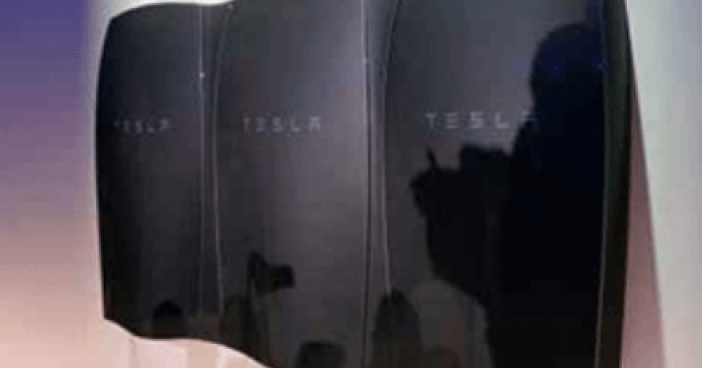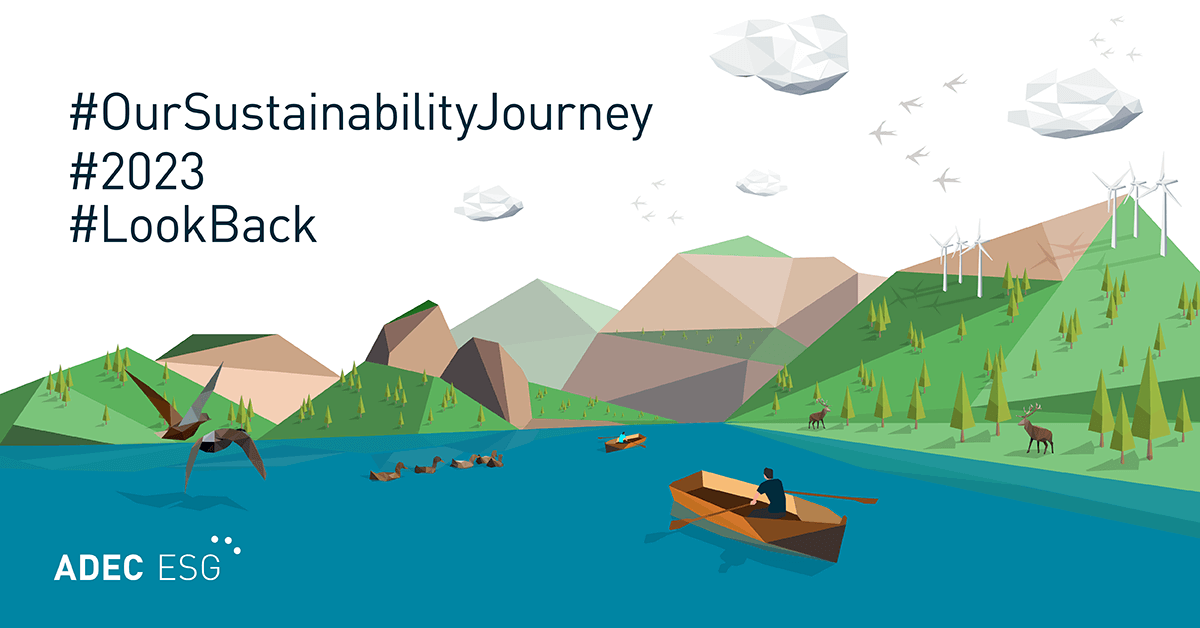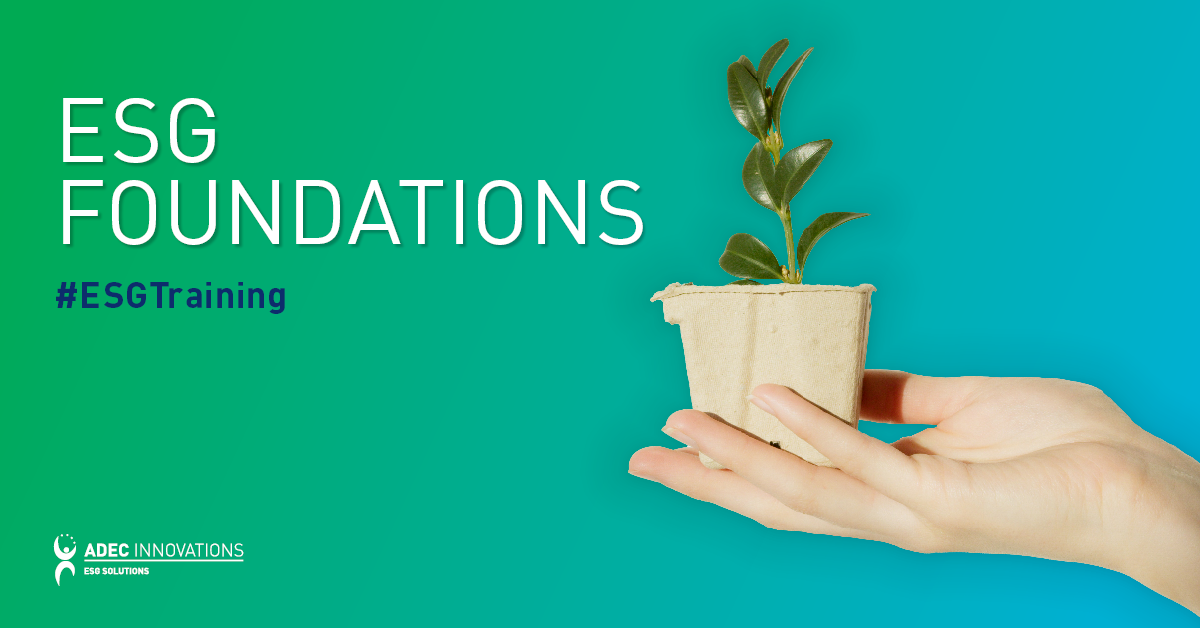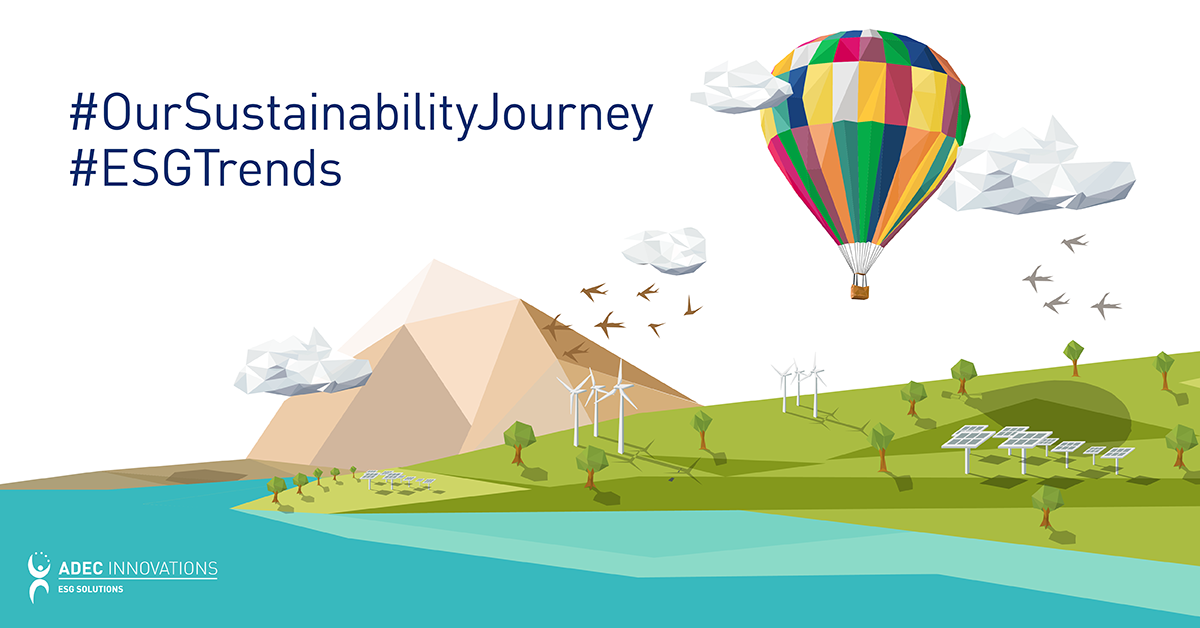Cities all over the world are trying different ways to contribute to global sustainability. One popular practice is the creation of “green” buildings: structures built using sustainable materials or modified to become sustainable. Such structures provide cities with infrastructure that will stand the test of time with little maintenance. This can be achieved through a variety of design innovations, such as the use of renewable sources instead of fossil fuels for energy and the use of renewable materials for renovation.
 An example of a sustainable, construction-related innovation is Tesla ’s new home battery, called Powerwall. The battery acquires its charge from the power generated by solar panels. It provides a user’s home or office with back-up electricity that can be used during peak evening hours or power outages. With the battery’s ability to store power that can be used specifically during periods when energy rates are high, home owners or office dwellers avoid the high costs associated with energy use during peak evening hours. Powerwall helps users achieve independence from the grid, making their spaces more sustainable.
An example of a sustainable, construction-related innovation is Tesla ’s new home battery, called Powerwall. The battery acquires its charge from the power generated by solar panels. It provides a user’s home or office with back-up electricity that can be used during peak evening hours or power outages. With the battery’s ability to store power that can be used specifically during periods when energy rates are high, home owners or office dwellers avoid the high costs associated with energy use during peak evening hours. Powerwall helps users achieve independence from the grid, making their spaces more sustainable.
While more green structures are currently being built around the world, the preferred approach is to modify existing structures to make them more energy efficient.
Promoting Green Buildings Through Various Means
The Portland Water Bureau and Lucid Energy recently partnered to provide the city’s residents with renewable energy in the form of water. Their new project installed a turbine system in one of the city’s major pipelines that uses the gravity-fed flow of water to generate electricity. The project will expand in the coming months and is expected to generate electricity for more than 150 homes around the city. Currently, it supplies electricity to customers of Portland General Electric.
The local government in Salt Lake City, Utah, is developing projects that focus on the use of solar energy and the reduction of carbon emissions. Most of the projects involve the existing infrastructure in the city to avoid using up more land space. The city’s mayor hopes that President Obama’s call for a greener America can encourage citizens to do their part in supporting the projects. As part of Obama’s Better Buildings Initiative, the US government has laid out plans to make the country’s commercial buildings resource-efficient for the next decade.
The local government made it so that the green infrastructure they built will aid in cleaning the different bodies of water located in the area. Aditionally, the infrastructure can also collect storm water to reduce the possibility of flooding in the city. The success of the project has encouraged the local government to expand the plans to different parts of New York City.
Volula, a manufacturing company that builds houses off-site to save on time, water and risk, has recently created four carbon-zero properties under its Spacehus brand as a proposed solution to the country’s current housing problem. The concept of creating the house in a factory to be later assembled on-site has been tested for the last 50 years in Sweden. The way the houses are built guarantees that they are sustainable from the time they are constructed to the time they are lived in. While they cost more upfront, experts agree they are the cheaper choice in the long term. With the houses being easily assembled, owners save on building and material costs, while ensuring the sustainability of their home. In addition, the houses are built to withstand time and the elements with little maintenance needed, making the upkeep inexpensive and hassle-free.
Promoting sustainability in the built environment is becoming easier because of recent innovations. Cities all over the world are doing what they can to become more sustainable. With the lack of a standard set of indicators with which to assess green cities, current efforts are primarily context-based. In some ways, this is an advantage, as it ensures the effectiveness of the solution.
FirstCarbon Solutions (FCS) helps organizations reduce their environmental costs and impacts, lower energy and resource use, ensure compliance and operate more sustainably and efficiently to increase your bottom line. FCS offers environmental assessment solutions that help organizations manage these challenges so they understand the true cost of development, choose the right site and optimize the use of resources. For more information on sustainability in building, read this article from the FCS Blog.






